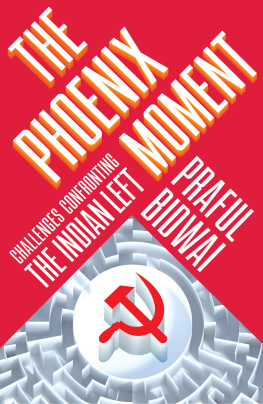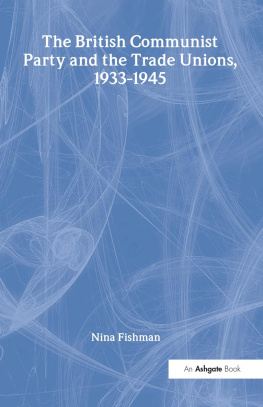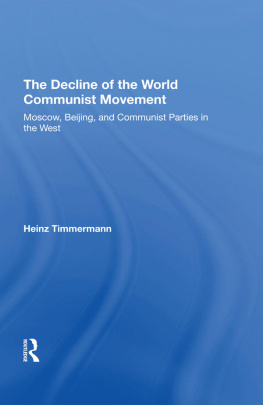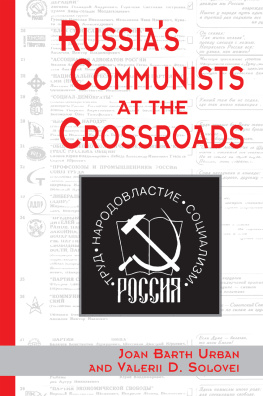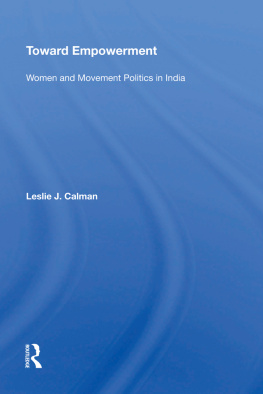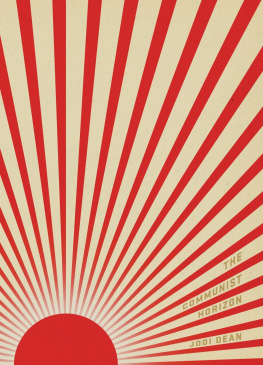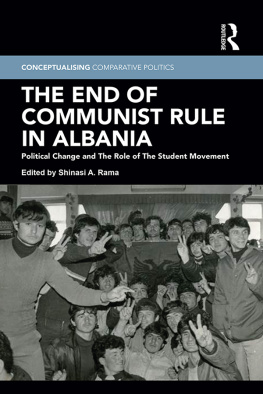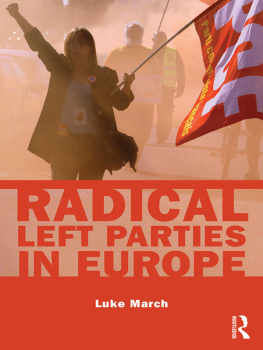Cover
Title Page
The Phoenix Moment
Challenges Confronting the Indian Left
Praful Bidwai

Contents
I ndia has long been a socialpolitical oddity: a country with widespread poverty and wretched deprivation, but where the underprivileged find no voice in most political parties; one of the worlds fastest-growing economies, where less than a tenth of the population has regular jobs and where a quarter-million farmers have recently committed suicide; a democracy with largely free and fair elections, which has failed to establish the rule of law and where human rights violations are rampant amidst caste- and religion-driven hatred and vicious discrimination against women.
A pertinent question is why left-wing politics has not flourished in India as a vital source of legitimacy for parties to the extent that might be expected in a society with a million injustices and growing inequalities, recently worsened by Hindutva and neo-liberal capitalism. Historically, left politics in India has shrunk in range and variety.
It was once a rainbow comprising breathtakingly different currents, including parliamentary and non-parliamentary communist parties; socialists of different hues ranging from the Congress Socialist Party (CSP) to the Gandhians, to followers of the viscerally anti-Congress Ram Manohar Lohia. It also encompassed anti-caste movements with radical agendas associated with Ambedkars Republican Party of India (RPI) or later with the Dalit Panthers; and Maoists and MarxistLeninist parties which believe in an insurrectionary seizure of power. There also used to be independent groups such as the Peasants and Workers Party (PWP) and Lal Nishan Party in Maharashtra or the Revolutionary Communist Party of India in West Bengal and Assam which set regionally limited agendas; there were currents like the Chhattisgarh Mukti Morcha (CMM) of Shankar Guha Niyogi which aimed to create embryos of workers and peasants republics; and there were many smaller progressive currents which aimed to rescue revolutionary Marxist politics from its distortions, active not just within the intelligentsia, but also in unions and other formations.
The rainbow has contracted in size and lost some of its hues. Many political currents have shrunk in variety and waned, while a few new ones have taken root. The socialists have long ceased to have a coherent organizational expression (barring the largely caste- and community-based, family-driven Samajwadi Party), but groupings like Samajwadi Samagam have grown. The once-strong PWP is now a feeble force. The CMM has split irrevocably. Liberal social democracy, always weak in India, which found expression in the Congress and other centrist parties, no longer exists as a force.
New differentiations have appeared within the Left spectrum, the most important of which is the division between the party Left and non-party political Left, the latter is comprised of peoples movement structures and federations of civil society groups like the National Alliance of Peoples Movements, National Fishworkers Forum, All India Union of Forest Working People, Mazdoor Kisan Shakti Sangathan, Indian Social Action Forum, New Trade Union Initiative, Shramik Mukti Dal, New Socialist Initiative, Radical Socialist, and Campaign for Survival and Dignity.
The party Left is now reduced primarily to two currents: the mainstream parliamentary communist parties and their affiliates, and non-parliamentary Maoist or MarxistLeninist groupings. The first is a parliamentary alliance and campaigning bloc which is mainly comprised of the Communist Party of India (Marxist) or CPI(M), the Communist Party of India (CPI), the Revolutionary Socialist Party (RSP), and the All India Forward Bloc (FB), recently joined by the Communist Party of India (Marxist-Leninist)-Liberation and Socialist Unity Centre of India (Communist).
The Maoist groupingsmore than thirty at last countare ideologically variegated and geographically dispersed, but the most important current is the Communist Party of India (Maoist), formed in 2004 after a merger between the Peoples War Group (PWG) and the Maoist Communist Centre of India (MCCI). It is particularly active in Indias well-forested and mineral-rich tribal heartland, which extractive capitalism wants to exploit rapaciously. Some eighty-odd districts there are declared by the Indian state as dangerously affected by left-wing extremism where paramilitary troops and special police forces rule rather than the civilian administration. The Maoists have waxed and waned, and now seem to be in decline, with the recent arrest or effective immobilization of some of their top leaders.
The present book has an admittedly narrow focus: it deals primarily with the parliamentary communist parties. This focus arises from three factors. First, the mainstream bloc has had the longest and richest experience of trying to grapple with Indias bourgeoisliberal democratic system, which despite limitations, enjoys a fair degree of popular legitimacy, and offers opportunities for progressive change and potentially transformative politics. Parties working within the system face obvious constraints: of having to operate within the four corners of the Constitution, and to fight elections, which are increasingly becoming a big-money game. They also run the risk of being co-opted by the system and rendered utterly ineffective.
However, the greatest challenge for left politics in India lies precisely in the bourgeois-democratic arena, and the possibilities it contains both within the state and in society, the latter with its own institutions, organizations, and freedoms of association and action. The Maoists, despite their admirable commitment and dedication, have totally retreated from this challenge. And the non-party political Left does not directly engage with itoften for well-considered reasonsthrough state-level participation, as distinct from popular education and mobilization, or advocacy and lobbying.
Second, the mainstream bloc is the biggest of all Left currents, and has had the longest continuous organized existence, notwithstanding various splits, dissensions and mutual rivalries. It also shares many ideological and strategic premises, which are today in need of revision. If the Left summons up the will to revisit its strategic perspectives and undertake course correction, its relative cohesion and access to resources can reduce its vulnerability and offer it some protection. The opposite can happen if the bloc remains ideologically rigid. This book attempts to create a basis for understanding which way the mainstream Left might be headed.
Third, astonishing as this might seem, there is very little recent analytical literature on the mainstream Left at the national levelas distinct from state-specific studies and articles. The present book will hopefully help fill this void by combining an analysis of the state- and national-level performance of the Left parties with a critical appraisal of their ideological premises, strategic perspectives, political mobilization approaches, and organizational doctrines and practices.
The real lessons for the future lie in how well the mainstream Left acquits itself in the face of the challenge of working within the bourgeois-democratic system and uses the freedoms available within it to expand the space for radical politics, empower the exploited and oppressed, and work for a transition to a post-capitalist society. On test is the ability of its national leadership to overcome the grave crisis they confront today as the Left faces its Phoenix Moment.
Next page
